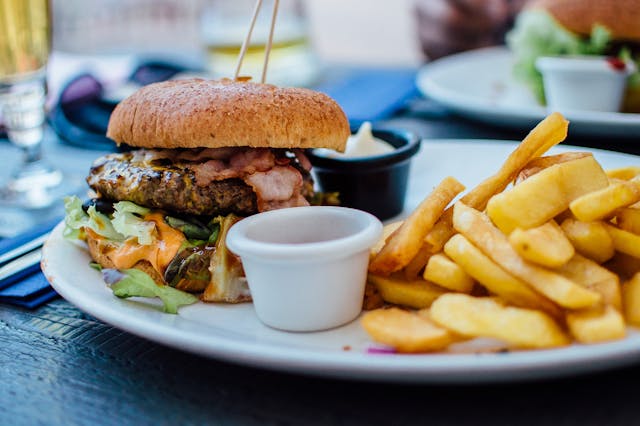
What is a calorie? A calorie is a unit of energy. There are small calories and large Calories. A small calorie is a measurement of the energy required to raise 1 gram of water by 1 degree Celsius at 1 atmospheric pressure (or sea level).
What is a small calorie and a large calorie? A small calorie is, as I just said, the energy needed to raise 1 gram of water by 1 degree Celsius. A large Calorie is also known as a kilocalorie, which means 1,000 calories. So, a large Calorie is the amount of energy required to heat 1 liter of water (1 kg) by 1 degree Celsius. When we look at food, the calories written on the label are large Calories, not small calories. Companies used to write kcal, but that was replaced by just Calories. On food labels, you might see Calories, you might see kcal, and you might see kJ. KJ means Kilo Joules and a joule is also a measurement of energy. Joules are more common than calories when measuring energy. A joule is the amount of work down when a force of one newton moves something over a distance of one meter in the direction of the force. When Calories is written with an uppercase C it refers to kilo calories and when it is written with a lowercase c, it refers to just calories.
Calories were introduced in about 1820 and they weren’t meant to be used with food. The calorie was first used by a French physicist and chemist called Nicolas Clement. He started using the unit to measure heat before Joules were introduced. The use of calories as a heat unit comes from a series of annual lectures Nicolas Clement gave about the way steam engines convert heat into useful work and how efficient they are. To do this, Clement needed to work out how much energy the fuel contained because if you don’t know how much energy the fuel has to begin with, you can’t know how much of that energy is being converted into useful work. To measure the energy, he used calorie, which he defined as the amount of heat needed to raise the temperature of 1 kg of water by one degree Celsius. He possibly used the word calorie because “calor” is heat in Latin. His original definition of the calorie is the Kcal or Calorie that we use today. Later on, possibly in 1877, it was decided that the calorie units should fit with the metric system and therefore needed a single unit, not starting from kilograms. To fix that, the small calorie was created, causing much confusion.
So, if the calorie was created to measure the heat that a steam engine could pull out of the fuel it used, why did we end up using it for food? Well, the process is similar. Steam engines take a fuel source that contains energy, burn that fuel, and that allows them to do work. Our bodies take a fuel source that contains energy (food), burn it, and that allows us to do work. However, there are other systems that could have been used. Joules, for one. We can thank an American chemist who specialized in human nutrition and metabolism for this. His name was Wilbur Olin Atwater. He came up with a system that he called the Atwater system. His system attempted to work out how much energy was contained in different types of foods and he measured that energy using Calories (big C). He learned about the Calorie while he was studying in Germany. The Calorie as a unit had started in France and then spread to other European countries. Atwater liked it and he took it back to America in1887 and wrote several articles about it for a magazine called Century. He called the units food calories. He studied metabolism and he tried to teach people that calories were very important when considering the efficiency of a diet, just like different types of fuels are important when considering the efficiency of a steam engine.
After Atwater wrote his articles, the Calorie became more widely known, but he only really wrote for educated people. In the late 19th century, the USDA Farmer’s Bulletin started listing the calorific content of foods. By the early 20th century, there were a new type of diet books that entered the market and taught people how to calorie count. And that is what many people are still doing. Although, as Atwater would probably have said, counting calories only works if you think about where those calories have come from. 200 calories of salad and 200 calories of potato chips are not the same. And this is what I learned today.
Sources
https://nutritionj.biomedcentral.com/articles/10.1186/1475-2891-6-44
https://en.wikipedia.org/wiki/Nicolas_Cl%C3%A9ment
https://en.wikipedia.org/wiki/Calorie
https://en.wikipedia.org/wiki/Wilbur_Olin_Atwater
https://www.ncbi.nlm.nih.gov/books/NBK499909
https://jn.nutrition.org/article/S0022-3166(22)08554-6/fulltext
https://www.sciencedirect.com/science/article/pii/S0022316622085546
Photo by Robin Stickel: https://www.pexels.com/photo/fries-and-burger-on-plate-70497/
